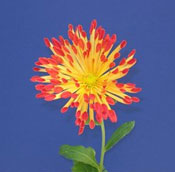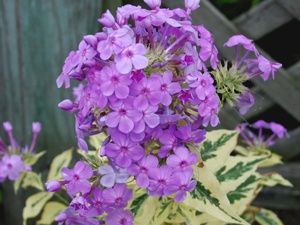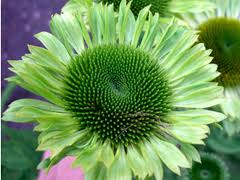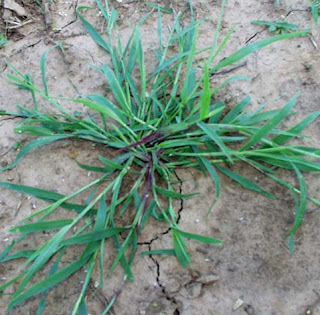I love this tree...it is a tree of the grassland prairies and a true Texas performer. It is adaptable to our soils, but be aware it will need space...lots of space, this not a tree to be planted in a 3 foot parkway ( as I have witnessed). The acorns on this tree are as big as golf balls...some have said they get as big as softballs....yeah I have never seen anything like that.The extension research center on Coit road in Dallas, has a planting of various oak trees, it is a good place to visit to see if one of these will fit your property. Please give your new tree planting adequate space to grow and prosper, if a tree is listed as having a 40 foot spread then do not plant 10 feet apart......please!!!!!
And since we are talking......Crepe Myrtles....please do not whack the tops off of these lovely trees it will produce a weak and "droopy" new growth......if you must prune, trim the cross over branches from the interior of the tree allowing proper air circulation. Trim the sucker growth away from the bottom of the tree, then if necessary put on a stout glove and "glove prune" away the seed pods.....frankly I leave the seed pods on and just trim the interior of the tree for air circulation (really helps with a reduction of powdery mildew).
Bur Oak, Mossycup Oak, Mossy Overcup Oak, Prairie Oak
Quercus macrocarpa
Fagaceae (white oak group)
Bur Oak is a majestic tree of the tallgrass priarie that once covered central North America. It grows best in deep limestone soils of riverbanks and valleys but it will adapt to many different environments. It has a long taproot which makes it hard to transplant but also very drought-tolerant. It is also fast growing and long-lived. Bur oak is noted for its very large leaves and acorns: the leaves are from one-half to one foot long, and acorns can be as large as 2 inches long and wide, enclosed in a cup with fringe on the edge. It casts deep shade.
Plant Habit or Use: large tree
Exposure: sun
Flower Color: catkins 4 to 6 in. long
Blooming Period: spring
Fruit Characteristics: large acorn to 2 in. around with fringed cup
Height: 60 to 70 ft.
Width: 60 to 70 ft.
Plant Character: deciduous
Heat Tolerance: very high high
Water Requirements: medium low
Soil Requirements: adaptable
USDA Hardiness Zone: 3




















